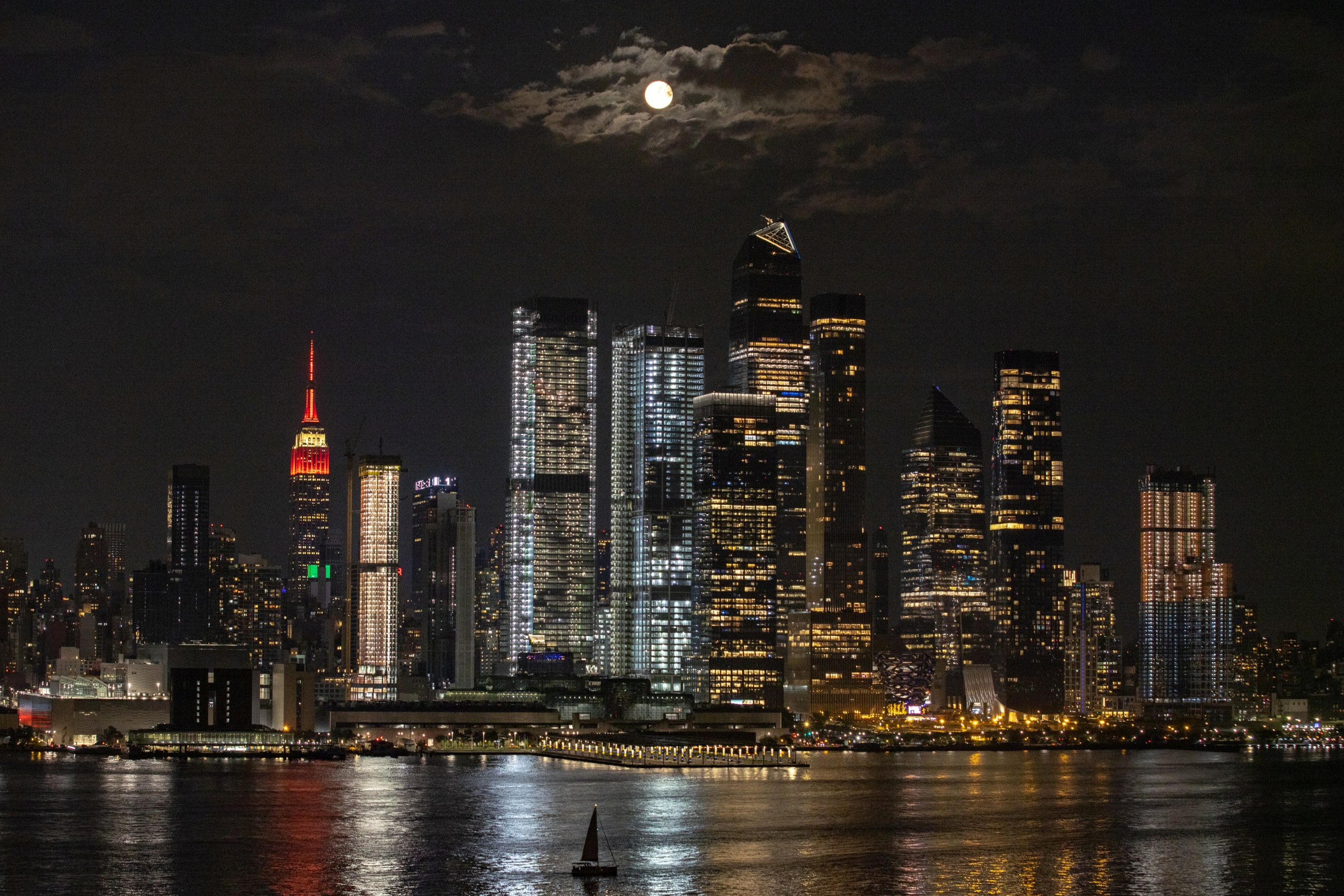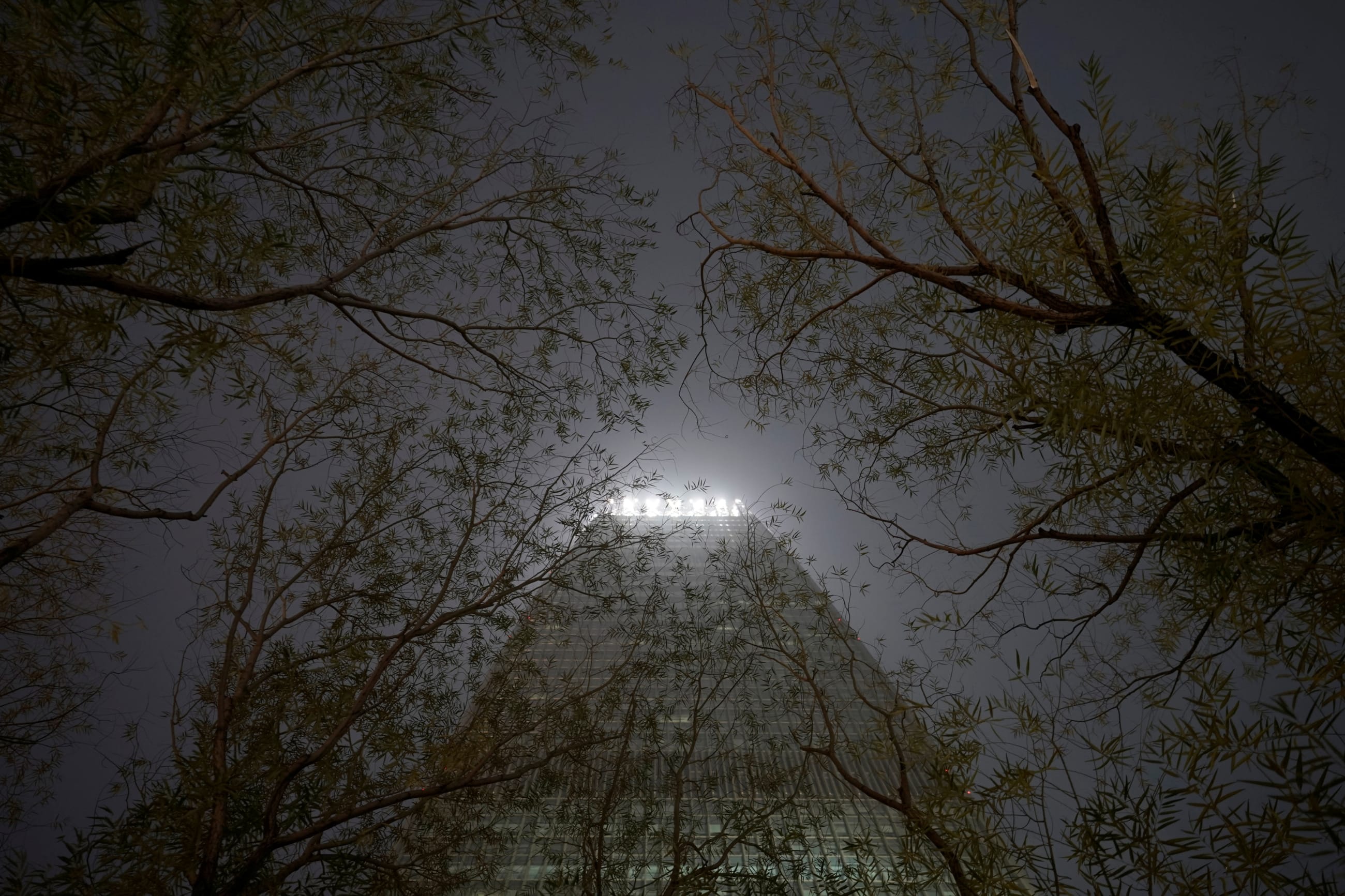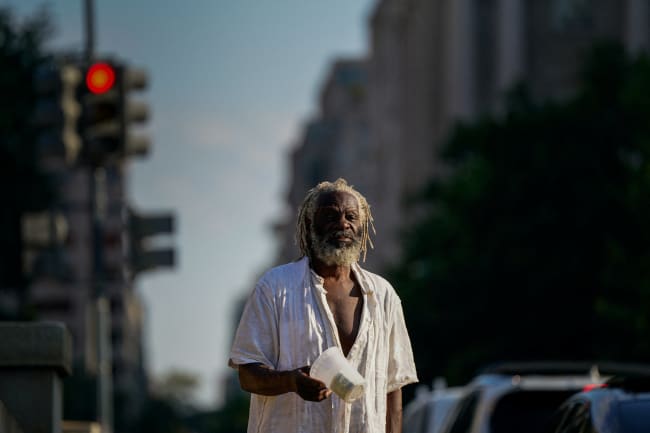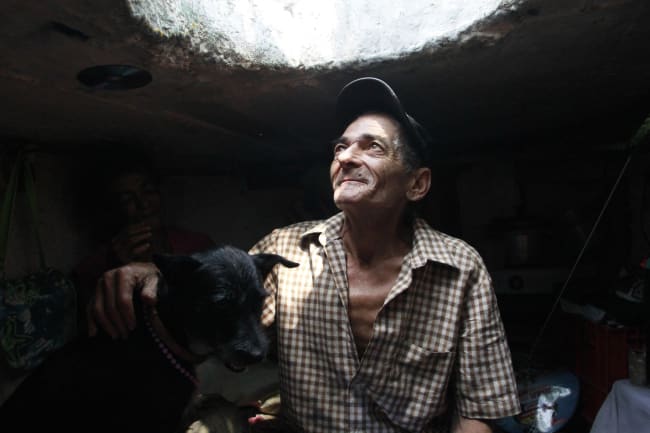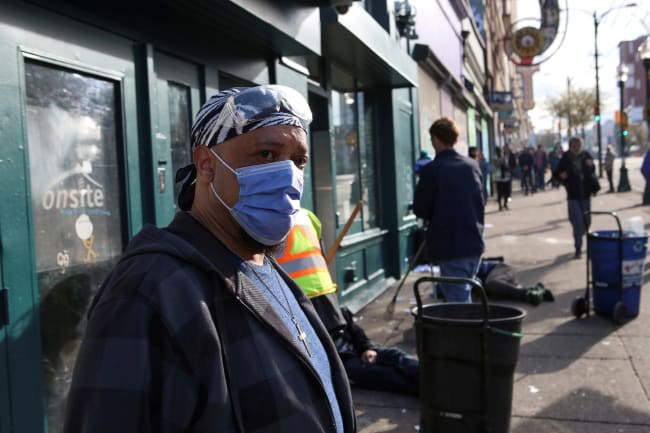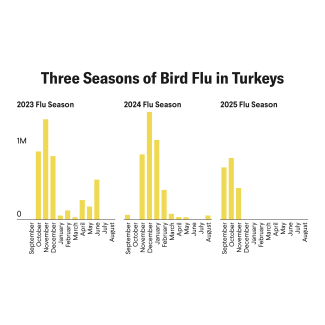Across cities in the Northern Hemisphere, it's not unusual to see trees blooming earlier in the spring or keeping their leaves later in the autumn than trees in the countryside. Those shifts exemplify how cities are quietly changing nature's calendar. For years, warmer urban temperatures (urban heat island effect) were thought to be the main reason for these seasonal shifts. But in earlier work published in PNAS Nexus, researchers and I showed that artificial light at night (ALAN) also plays a critical role in extending the growing season.
Now, new research in Nature Cities reveals that ALAN could be more influential than temperature, especially in delaying the end of the growing season.
Artificial light at night from streetlights, billboards, office buildings, and cars disrupts changes in seasonal daylength that tell plants when to grow and when to go dormant. With extra light from ALAN, plants leaf out earlier in spring and stay active longer in autumn.
This stretches the growing season by two to three weeks relative to nearby rural areas, which disturbs the processes necessary for maintaining air quality and ecosystem services, harming human and planetary health.
Why It Matters for Health
At first glance, a longer growing season seems like a win—more shade, more greenery, and more carbon uptake—but extended growing seasons strain plants and, in some cases, even kill the plants. When plants leaf out ahead of the natural change in seasons, they risk spring frost and deplete stored resources by midsummer, making them more vulnerable to summer drought. Likewise, when plants retain their leaves late into autumn, their risk of frost damage increases and their ability to store energy for winter survival decreases.
These shifts weaken the ecosystem benefits plants provide to cities. Trees that are stressed or damaged are less effective at cooling cities through shade and evapotranspiration during heat waves. Longer activity also disrupts the timing of pollutant uptake, biogenic volatile organic compound emissions, and water use. That means poorer air quality, reduced cooling, and less effective stormwater control, given that healthy vegetation normally helps absorb rainfall and reduce flooding.
ALAN disrupts biodiversity in ways that ultimately affect public health
Insects that carry diseases, such as mosquitoes, also rely on seasonal cues to reproduce and rest. When ALAN shifts those cues, the timing and intensity of vector-borne diseases, such as West Nile virus, can shift as well. ALAN doesn't just affect plants and insects; it affects people directly. Bright night light disrupts circadian rhythms, raising the risk of chronic conditions such as obesity, diabetes, and cardiovascular disease. Earlier leaf outs also extend the pollen season, causing millions to suffer from weeks more of allergies and asthma flare-ups, which can result in higher health-care costs.
ALAN disrupts biodiversity in ways that ultimately affect public health. When leaves or flowers appear too early, insects, birds, and other wildlife may not arrive in time, creating seasonal mismatches. If insects hatch before flowers bloom, pollination suffers. That means fewer wild plants reproduce successfully, and urban gardens produce lower harvests, limiting access to fresh fruits and vegetables.
Birds are also affected. If insects aren't abundant when chicks need to be fed, fewer young birds survive. That weakens bird populations that normally help keep pest insects under control, allowing pest numbers to rise and further destabilize ecosystems. Even small shifts in plant timing can alter habitats for other urban wildlife, changing the balance of ecosystems and sometimes perpetuating a cycle in which pests thrive but natural controls decline.
Untangling Heat and Light
Plants use two main environmental cues to track the seasons: light and temperature. Longer days and warmer air in spring trigger growth, whereas shorter days and cooler weather in autumn bring dormancy. Cities disrupt both. Pavement and buildings trap heat, creating an urban heat island effect that keeps cities warmer than surrounding rural areas. At the same time, urban ALAN scatters in the atmosphere, creating a sky glow that blurs the natural cycles of day and night.
To determine whether light or heat was more influential in regulating plant seasons, a team of researchers and I analyzed satellite data from 428 cities across the Northern Hemisphere between 2014 and 2020. We examined records of ALAN and near-surface air temperature and measured changes in vegetation greenness across the urban-rural gradient.
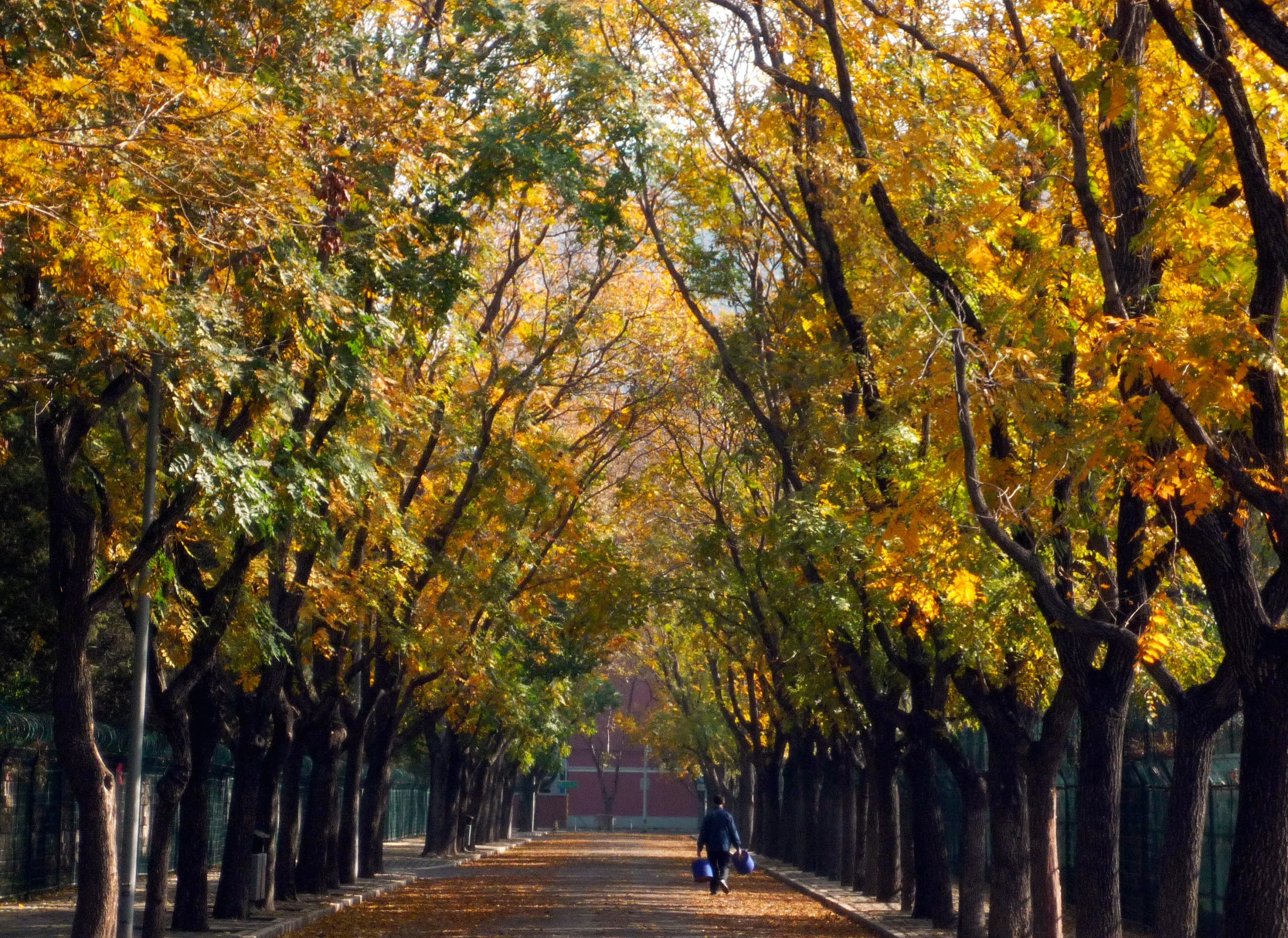
The results were striking: ALAN's influence often exceeded that of temperature, particularly in determining how long plants stayed active in the fall. On average, plants in urban centers began growing about 12 and a half days earlier in spring and stopped growing roughly 11 days later in autumn than plants in rural areas.
The effect was consistent across climate zones, from milder temperate cities such as Washington, DC, to colder northern cities such as Toronto.
A Call for Integrated Urban Planning
Efforts to improve the urban living environment typically focus on reducing heat and improving air quality, but limiting ALAN is equally important. As cities grow and use bright LED lights to illuminate streets and signage, urban planning should account for light pollution's impact on ecosystem and human health. The goal is to build cities that not only are sustainable but also support human health.
Light is one of the few environmental pressures that can be changed overnight. Municipalities already manage streetlights, zoning rules, and building codes. The challenge is not to plunge cities into darkness, but to light them more intentionally. Simple changes make a big difference: Shielding outdoor lamps to direct light downward, dimming or switching lights off during low-use hours, installing motion sensors, and choosing warmer-colored bulbs all reduce ecological disruption while maintaining safety. Decorative and landscape lighting can also be limited during sensitive seasonal periods.
These steps are practical and cost effective, and have benefits that stretch far beyond plants. They save energy, restore starry skies, and protect both ecosystems and human health. Given that 68% of the world's population are projected to live in cities by 2050, managing light pollution offers a clear opportunity for urban sustainability. Some states and cities (e.g., Connecticut, New York City) have already begun implementing such measures to protect nocturnal wildlife. The same strategies (e.g., using fully shielded fixtures, reducing unnecessary lighting, installing motion sensors and dimmers, and shifting to wavelengths less disruptive to plants) could also protect plants and, in turn, the people who depend on them.
By incorporating ALAN into urban planning strategies, cities can open the door to a future where human progress grows not at the expense of the living systems it relies on, but in harmony with them.
